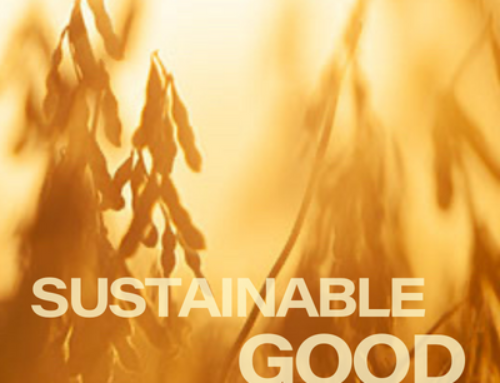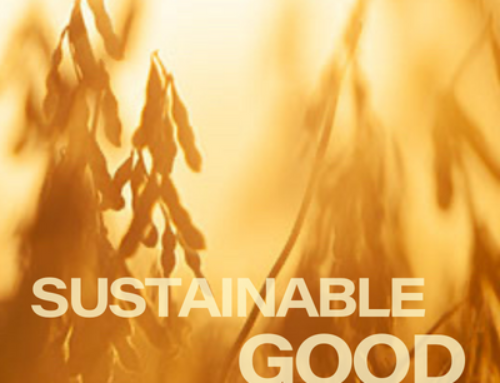We recently had the opportunity to sit down with Dr. Karen Ballard, co-founder of B&B Legacy Farms, to discuss soy foods and their effect on human health.
A synopsis of that conversation is as follows, including references to two articles from McKinsey Health Institute, one titled “Hungry and Confused” and the other “Adding Years to Your Life and Life to Your Years,” as well as a National Geographic article titled, “Can Aging be Cured? Scientists are Giving it a try.”
These pieces provide a great basis for conversation. Some major power-punches include:
- Over the past century, life expectancy has dramatically increased in most parts of the world; however, the portion of life we human beings spend in moderate to poor health hasn’t changed. In other words, we spend more years in poor health than at any time in history.
- Between 1900 and 2020, human life expectancy more than doubled to 73.4 years, but that remarkable gain has come at a cost: a staggering rise in chronic and degenerative illnesses.
- Five habits may increase life expectancy by 14 years in women and 12 years in men: good diet, regular exercise, healthy weight, not smoking, and not drinking too much.
- For most people over 50, loss of muscle mass due to a sedentary lifestyle usually is one of the most important predictors of poor health outcomes later.
“This is the primary reason soy protein has often been consumed in large amounts by athletes and bodybuilders,” says Ballard. “For the nutritional support of muscle mass development.”
Ballard believes protein for muscle mass and weight management are key drivers in the growing interest in whole soy foods by consumers over the age of 50.
Some high points from the conversation regarding powerful motivators behind the market shift to include plant-based protein in diets and a decrease in animal protein and dairy include:
- The consumer profile for plant-based protein is diverse and complex. Messaging is difficult because of divergent motivators.
- The largest group, health seekers, are not vegan. They are not worried about animals, rather they are more concerned with their own health.
- From a public policy standpoint, obesity exceeds COVID as the greatest epidemic of Ballard’s lifetime. The economic burden is staggering, and the USDA is advancing the goal of Nutrition Security. They are accepting responsibility for not doing enough to prevent childhood obesity (especially when many U.S. children eat 2/3’s of their meals in cafeterias). Nutritional quality based on saturated fat, protein, sugar, and fiber will be the metrics going forward (at least this is what they say).
Ballard’s grandparents were immigrants and three generations of her father’s family in Kentucky grew subsidized tobacco. Two of her brothers each died at the age of 59 of lung, bone and brain cancer linked to their smoking.
“My mother did too but at an older age,” says Ballard. “She rarely smoked. Once there was science-based evidence of the link between smoking, cancer and mortality, there was a fundamental shift in our culture. While tobacco production continues in the U.S., the number of smokers has been reduced by half.”
She shared this knowledge to support her opinion, encouraging both grain and animal producers of the future.
“As a meat and dairy lover, I advocate that there’s room for both animal and soy-based plant protein options on the plate. U.S. consumers are still a fan of animal protein and rightfully so – more consumers are simply adding plant-based protein as another option in their diet.”
The McKinsey article states that a lifestyle/dietary change could address 40 percent of the current disease burden, a change which includes an increase in plant-based protein consumption. Soy happens to be one of the highest quality U.S. grown products.
Grimmelt, A., Moulton, J., Pandya, C., & Snezhkova, N. (2022, October 27). Hungry and confused: The winding road to conscious eating. McKinsey & Company. Retrieved February 6, 2023, from https://www.mckinsey.com/industries/consumer-packaged-goods/our-insights/hungry-and-confused-the-winding-road-to-conscious-eating
Adding years to life and life to years. McKinsey & Company. (n.d.). Retrieved February 6, 2023,
from https://www.mckinsey.com/mhi/our-insights/adding-years-to-life-and-life-to-years
Smith, F. (2023, January 12). Can aging be cured? scientists are giving it a try. Magazine.
Retrieved February 6, 2023, from https://www.nationalgeographic.com/magazine/article/aging-cure-longevity-science-technology-feature

